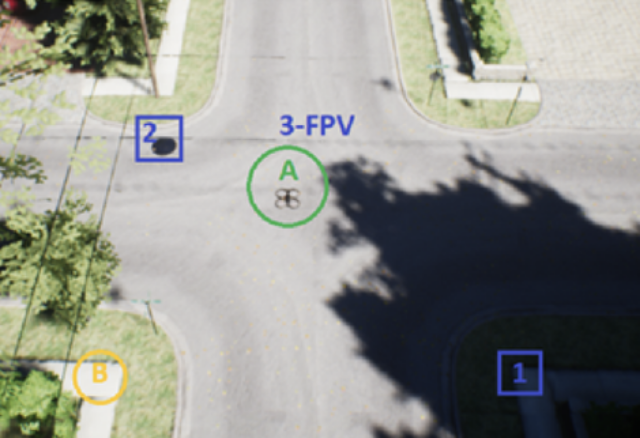Academics from the Ben-Gurion University of the Negev (BGU) have demonstrated a potential means of being able to pinpoint the location of operators. In a research paper , “Can the operator of a drone be located by following the drone’s path?,” published this month, the research team explored how analysis of flight paths may be useful in tracking malicious operators down.
Led by Dr. Gera Weiss from BGU’s Department of Computer Science, the team attempted to tackle the problems associated with monitoring flight paths accurately, made more difficult due to the variety of electronic signals all around us.
“Currently, drone operators are located using RF techniques and require sensors around the flight area which can then be triangulated,” said researcher Eliyahu Mashhadi. “This is challenging due to the amount of other Wi-Fi, Bluetooth, and IoT signals in the air that obstruct drone signals.”
The solution BGU came up with was the use of neutral networking. Rather than focusing on trying to untangle a variety of signals, the network was trained to predict the location of an operator using only flight paths — even when in motion.
AirSim, an open-source, cross-platform simulator for drones was used to conduct the tests, using 10km of roads and realistic obstacles such as buildings. The drone would be flown from point A to point B, and a data set containing 81 flights formed the basis of the network’s predictive modelling.
In total, the algorithms were able to predict the location of a drone operator with 78% accuracy during simulations, and while the experiment is small, BGU says possible paths towards improvement include improving the machine learning pipeline or even attempts to gain insight into the skill level or training of an operator.
The research team now intends to repeat the experiments with drones in real-time.
BGU’s research was presented at the Fourth International Symposium on Cyber Security, Cryptography and Machine Learning (CSCML 2020) on July 3.
The paper can be accessed here.
Source: ZDNet

